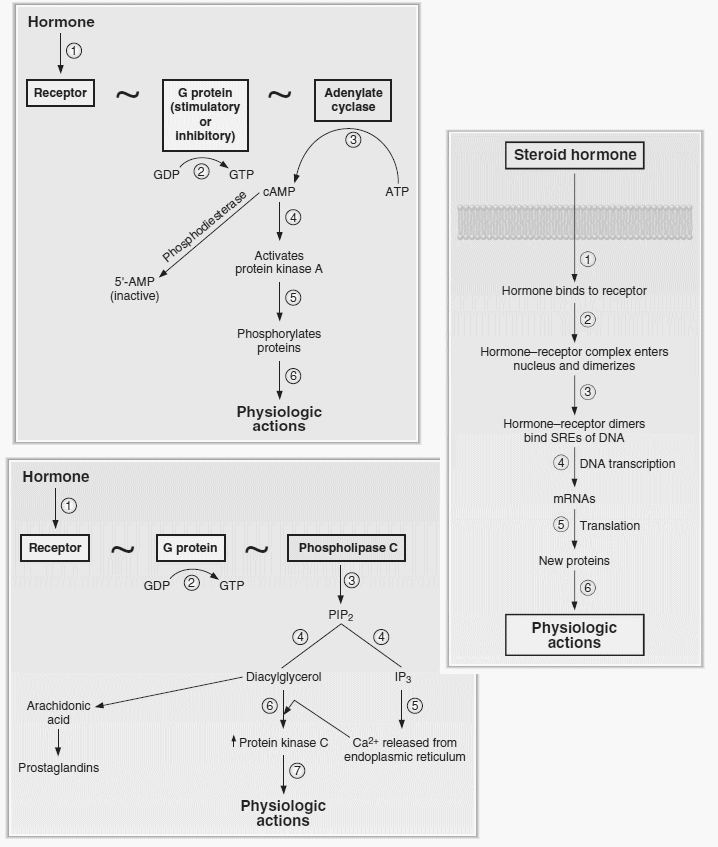cAMP Mechanism Mnemonic: FLAT CAMP B-HCGS Remember “B-FLAT” mnemonic for hormones secreted by basophilic cells of the anterior pituitary. This is the same “FLAT” here. Also CAMP matches cAMP. Beta-HCG works by cAMP mechanism. All 2 except Beta 1 and 5-HT1 So, this is an easy mnemonic to remember. FSH…
Author: Epomedicine
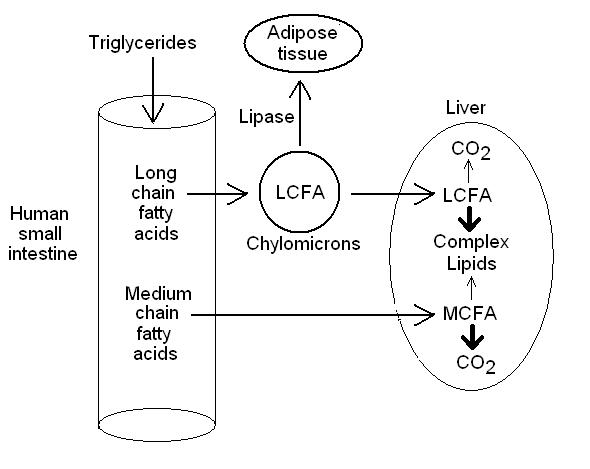
Fatty acid chain length and GI absorption site : Mnemonics
Major fat absorption takes place in upper small intestine (mainly jejunum and duodenum) except short chain fatty acids which is abosrbed in colon. MCT (Medium-Chain Triglyceride) – 10 to 12 Carbons long May Cross Through enterocytes and pass directly into the “Portal” circulation LCT (Long-Chain Triglyceride) – > 12 Carbons long…
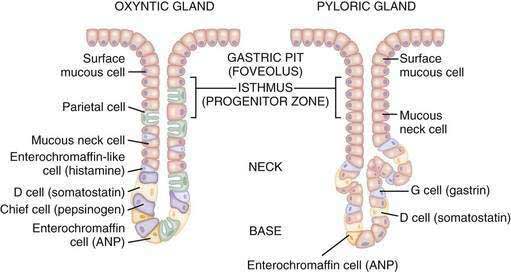
Gastric glands and cells
Anatomically, stomach can be divided into 3 parts from above to below: Gastric pits deepen as we move below from cardiac to pyloric glands. Mucus secreting cells: Present in all 3 glands – cardiac, fundic and pyloric but predominate in cardiac and pyloric glands. Pyloric glands have 1 more cell…
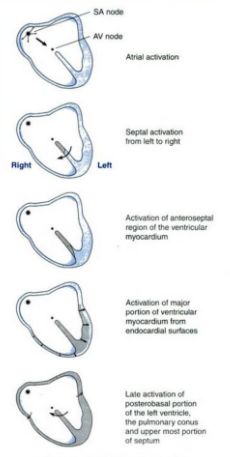
Physiology of Conducting System of Heart
Origin and Spread of Cardiac Impulse Mnemonic: SAIL MRS. SAVE APPS 1. SA node (generates impulse at highest rate, i.e. 70-80/min) 3 Internodal pathways: 2. AV node Bundle of His 3. Interventricular septum – Left 4. Midportion Right Septal activation Purkinje System 5. Septum (upper to lower) – purkinje system…
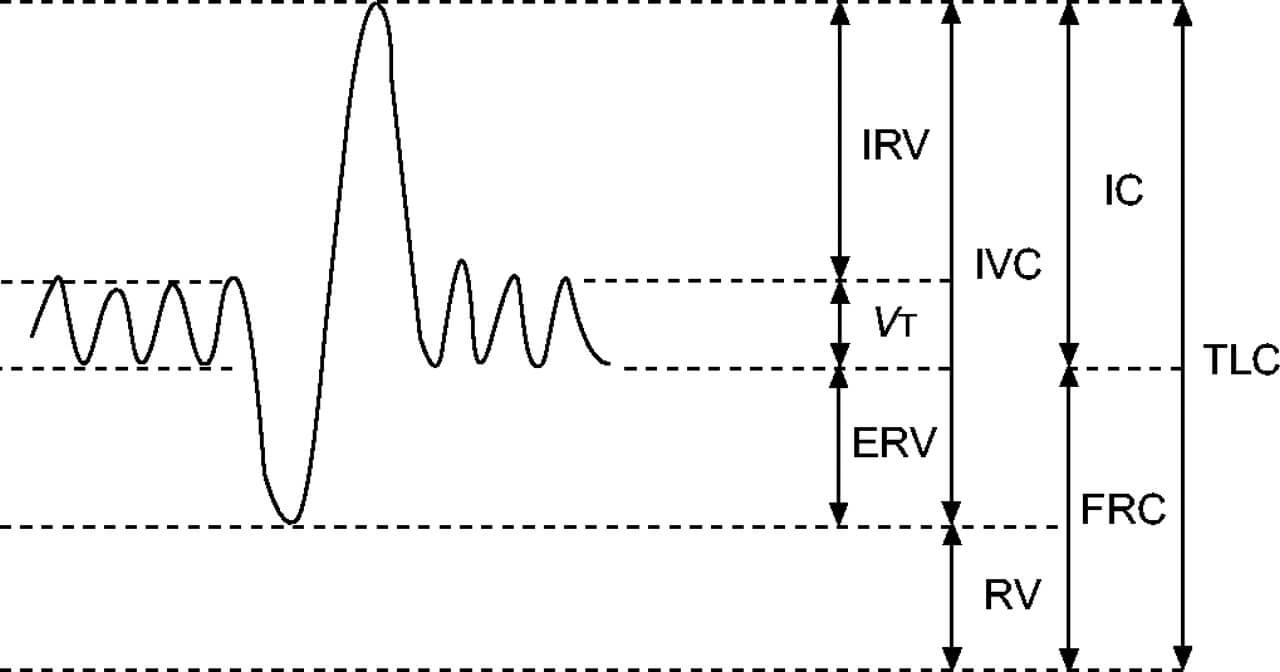
Lung Volumes and Capacities : Mnemonic
Mnemonic: 6 LITERs Lung Capacity (TLC = 6L) = Inspiratory reserve volume (IRV = 3.3 L) + Tidal volume (TV = 0.5 L) + Expiratory reserve volume (ERV = 1 L) + Reserve volume (RV = 1.2 L) Mnemonic: There are 4 lung volumes that do not overlap and 4…
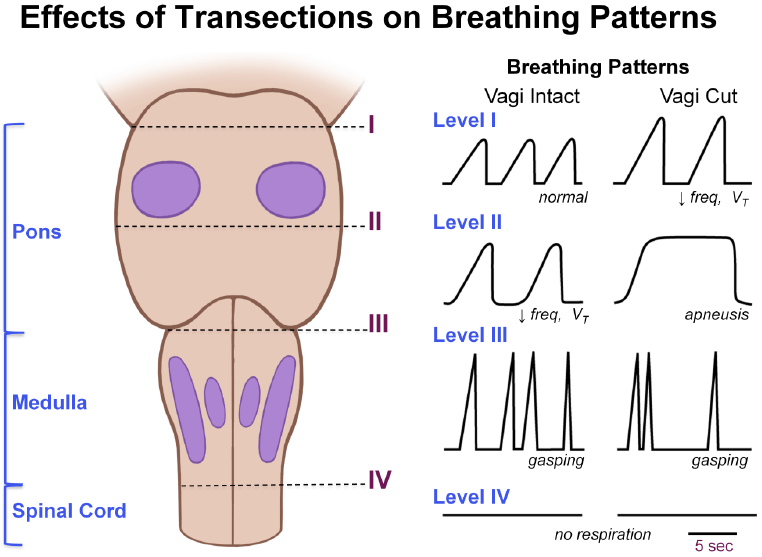
Respiratory Center Simplified
Mnemonic: Boat starts and PRASaD DIVEs 1. pre-Botzinger complex Starts respiratory rhythm (pacemaker): Boat Starts Location: Between nucleus ambiguus and lateral reticular nucleus (upper medulla) 2. Pneumotaxic center Represses Apneustic center: PR-A Location: Upper pons (Nucleus parabrachialis and Kolliker-fuse nucleus) 3. Apneustic center Stimulates DRG: A-SaD Location: Lower pons 4….

Perfusion and Diffusion Limited Gas Exchange
Under resting conditions, red blood cells move through the pulmonary capillary bed in approximately 0.75 seconds (transit time), although equilibration of oxygen and carbon dioxide takes place in about 0.25 seconds. In a diffusion limited gas exchange situation, the alveolar gas is still equilibrating with the blood cell at the…
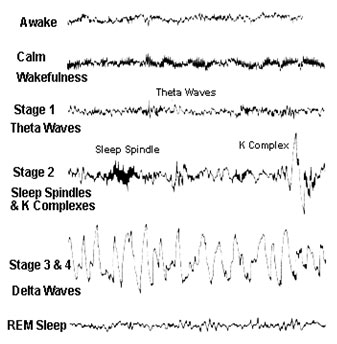
Sleep Stages and EEG : Mnemonic
Mnemonic: BATS Drink Blood – in sleep 1. Awake with eyes open: Beta wave (highest frequency and lowest amplitude) 2. Awake with eyes closed: Alpha wave (synchronized brain activity) 3. NREM/Slow wave/Orthodox sleep (70-80%): Stage 1 (light sleep): Theta waves Stage 2 (intermediate): Sleep spindles and K-complex Stage 3 and…
